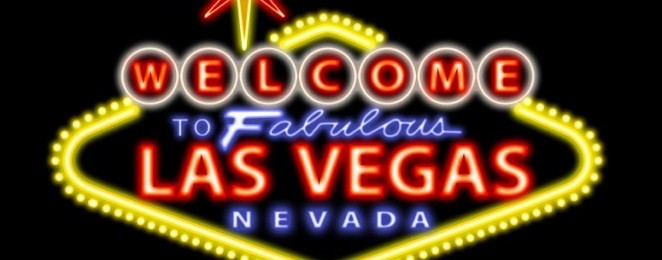Writing
Las Vegas: A Sure Bet for Food Gamblers
(Patron magazine)
by Marni Andrews
Not long ago, a ticket to Vegas was not a culinary ticket to ride. It may have been a ticket to Wayne Newton heaven, to slot machine nirvana, to 24/7 action, to transcendent golf, but it was not a place to go for a good meal. The Strip has changed, in many ways. Now Vegas is as often touted as a family destination (imagine that ten years ago!) as it is a foodie’s haven. Just mentioning this, because I’m sure you could find a business reason to visit Vegas some time soon and, while you’re writing it off, visit a few of the landmark restaurants that are revivifying this desert outpost.
A few years ago, Wine Spectator magazine anointed Las Vegas’ food renaissance with a splashy 50-page spread on the glut of celebrity chefs who have set up shop there. The exhaustive list is a veritable Who’s Who of food-dom. There’s Wolfgang Puck, Charlie Palmer, Emeril Lagasse, Sirio Maccioni, Jean-Georges Vongerichten, and the list goes on. Puck started it back in ’92 when he opened a branch of his vaunted Spago at Caesar’s.
“Five years ago, Las Vegas might have been ranked 25th among American cities as a dining destination. Today, you could put it among the top five,” wrote Marvin Shanken, editor and publisher of the Wine Spectator. They go on to cite the weaknesses of the scene as inconsistency and the omnipresent problem of retaining good staff in a competitive market.
As an aside, the city has lured eight of the 38 master sommeliers in the U.S.
Demand is so great for the high-end restaurants at Mirage Resorts’ Bellagio Hotel that a reputed 1,200 diners are turned away daily. Most restaurateurs should have that problem just once in their careers.
“The typical high-class hotel generates around US$18 million annually in food and beverage,” says Dennis Khanh, VP of food and beverage for Mandalay Bay Resort & Casino.
To elevate your visit above the just ultra-sensory to the status of a true learning experience, we asked Mohsen Azizsoltani, professor, food & beverage management, University of Nevada at Las Vegas, what an owner/operator could pick up from observing the scene.
“It’s food production on a very large scale,” he says. For example, the MGM Resort’s 12 restaurants and other food outlets prepare food for up to 6,000 people a day. Serving a huge number of customers quickly and the value of food and bev as a marketing tool is far from a lost art in Vegas. Witness the $1.95 Steak & Eggs specials, etc. to draw people in.
Another learning opportunity, according to Azizsoltani, is the observation of catering, in both scale and quality. Catering events for 5,000 people or more are routine. The number and variety of restaurants and bars in one hotel make a cogent argument for customer segmentation and price point differentiation within one business.
Finally, there are the wine lists in town that are the stuff of legend, with wine identified by Azizsoltani as a strong trend in Vegas. “Wine has definitely become a trendy way of marketing for restaurants,” he explained. “There are several restaurants with multi-million-dollar wine collections, and many food and beverage outlets offer weekly wine tasting or food-wine pairing sessions.”
Other trends that he identified in Vegas are higher prices, more fresh foods (with the catch of the day flown in), and authenticity. “Hotels such as Aladdin and Mandalay Bay offer the most authentic Middle Eastern food and Asian food in the country.”
-30-



